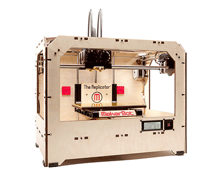Last month, we mentioned that our pilot test of the new eLearning system, Simmons Moodle, was getting under way. We’re happy to report that one month into the semester, we have received positive feedback from faculty members involved in the pilot. Last week, the team released a survey within Simmons Moodle to gather feedback from their students.
One of the major highlights pilot testers have been pointing out is improved communication, both between professors and students, and between students themselves. Simmons Moodle makes it easier to send, and reply to, class-wide announcements and has additional tools for collaboration and sharing of information.
Simmons Moodle is also structured more like other web services and many members of the pilot have found it easier to use than Blackboard and have responded positively to the enhanced communication and interactivity it provides.
Rex Krajewski, Head of Library Information Services for Simmons, and a faculty member, said he has found his experience with Simmons Moodle to be “overwhelmingly positive.” He also mentioned that, “It is easier…to use as an instructor, and it seems as though the students are having an easier time using it, as well. It feels less like an add-on or extra thing to do ‘just because,’ and more like an integral part of the course.”
In the near future, we will be working with members of the Administration and representatives for each school to outline a plan to make Simmons Moodle available for all classes at Simmons. Keep an eye on upcoming issues of TechNews for more about Simmons Moodle.

